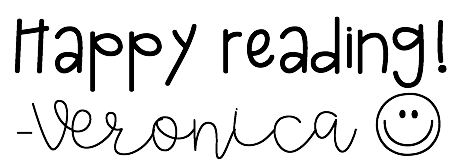The Black Book of Colors

Title: The Black Book of Colors
Author: Menena Cottin
Illustrator: Rosana Faría
Genre: Special Needs
Awards: None
Age Group: Pre-K—5th
The Black Book of Colors is just what it sounds like. It is a book about colors, but there is not color; it is all black. That is because it is written from the perspective of a boy, Thomas, who is blind. He knows color not by seeing it, but by hearing it, tasting it, touching it, and smelling it. This book goes through each color, describing it the way Thomas experiences it. Red could be sweet like watermelon, while green is like freshly cut grass. Yellow is like mustard, and blue the open sky. It ends with black, the "king of all colors". Thomas can appreciate all the colors and the different senses that they evoke.
My pictures do not do the book justice, but here you can see how it was translated into braille:
Some activities that go along with The Black Book of Colors are...
- Braille Craft: Students can pick something to create, such as a flower. Students will outline the flower using liquid glue on a black sheet of construction paper. When the glue dries, it will create the same effect as the illustrations in the book. Students can then describe the way that the illustration would sound, feel, smell, and taste.
- Color Mini-Book: Students can create a mini-book in which they write their own descriptions of the colors based on their experiences. How would they explain the colors to someone who cannot see?






Comments
Post a Comment